Coach Evan is back with another analysis piece: What has Sinner improved to win his first Grand Slam?
If you’re curious about Jannik Sinner’s racquet, you can check out the post and our gear content in the Tennisnerd Guide to Racquets and Strings.
Is there one thing or is there a combination of sorts? Have you noticed during the 2023 season how it seemed as if Sinner would “find” a way to lose?
Like he did everything right, but there would be a let cord on a big point or a shot that would handcuff him. You know the shot. The one where you work the baseline point and come into the net and the ball finds the one spot where you can’t do anything with it.
It seemed like he was cursed on the big points, like a witch doctor messing with his mojo, pricking his pin cushion.
Do you remember when Shortround was pricking a miniature Dr. Jones? Like that.
But, we saw signs pointing up.
Sinner’s serve…but there is more
The easy stuff that’s noticeable even by Mr Magoo is the fact that his serve has gotten bigger and that he’s putting more balls in play on his returns.
Having a bigger Serve is not enough. It’s the mindset that goes along with it. For instance, he picks and chooses when he uses the Deuce T serve. He saves it for later while he pounds away at the wide serve and the middle locations (cut the service box into four. Each location has a “space” to play with on the baseline).
Why?
Because the Wide serve alone has four options for his (+1). Four different patterns to use that morph into other patterns and can be hidden as the match goes on.
Beat me with Power!
– Fine!
Beat me with your Mind!
– That’s frightening!
That’s Power!
Sinner’s patterns of play
-Triples
-Quads
-Box 2/ Box 3 Switches
-Doubles
For starters. And he mixes them. He uses what I call “Layering.”
Triples are an easy combo to understand in writing. It’s moving a three-ball combo from one spot to the next, especially when using one of the center two boxes as a starting point.
The key is how you incorporate the serve with the triple.
(One play he uses that was passed down by Federer is a wide serve and a (+1) to the center of the court opposite from the serve. Simply, it keeps the point going and it allows you to switch to either corner depending on what you are attacking (a grip, movement, etc) or what your opponent gives you to work with).
What if you hide the triple with two opening shots to the corners? What if you hide it with a DOUBLE?
Doubles are hitting the same location during the rally. Say you hit the first two shots to Box 3, then play a triple pattern (you better be careful who’s on the other side of the net. Some players who get the early double smoke the second shot. Especially, if you become predictable when you use it).
When I wrote Doubles, I don’t mean doubles
Sinner is using different forms of Doubles. He hides the double during the rally at different points. He used a lot of these during the Aussie Open as the tournament went on and the players got stronger.
Another easy double I used to show students back in the day is a simple Double where you hit two shots to the Deuce and then two shots to the Ad side (and try to keep the point going as long as possible. I would “challenge” myself to up the ante. For some reason, these would throw off the opponents. You need good wheels to chase a few shots down. And you might need a “Recycle” shot to the center).
You can work on Doubles as a four, five or six-ball pattern.
Quads are essentially a four-ball combo.
They can be “wheel” combos (which are exactly as they sound and can start at any box).
Box 1,2,3,4.
Box 2,3,4,1.
Box 3,4,1,2
And so on.
(Wheels can also be used in boxes 1,2,4. Or 2,3,1 etc. There is room for creativity). Quads can have multiple variations. Again, used with the serve or the return, they can be varied even more. Triples and Quads can get too systematic.
That’s where “Switches” come into play.
Switches
Switches are using Boxes 2 or 3 during the rally every few shots as a way to “center” the player in order to switch up what you want to do next (but, if you don’t train 3-ball or 4-ball combos based on attacking spaces (Tights, Mids, Stretches) you are wasting your time. Players who play by feel lose in the long run. I hate to pick on Rublev because I want to see him win a Major, but his 3 and 4-ball combos get exposed in the majors).
One major difference with the top 5 (Djokovic, Medvedev, Alcaraz, Sinner, and Zverev. Yes! Zverev) is that they are building their game to Win Majors that require players to adapt their planning match to match.
Two out of three sets don’t require much change. Rublev plays Majors like they’re two out of three.
Layering!
Layering is when you mix three ball patterns with a two-ball start (no. these aren’t five-ball patterns. Why? The longer you try to create a pattern, the easier it is to defeat. If you use a two-ball, it can morph into different three-balls. Three-ball patterns can morph into another three-ball).
Small combos allow for adaptation. They allow for manipulation. You can hide patterns within patterns and keep the opponent off balance.
Sinner is mastering this, and it wasn’t overnight.
Watch as the top 4 play the smaller tournaments. Sometimes they use the same patterns throughout the tournament to get “real-time” match reps.
In a way, it’s another form of layering. Mental Layering. Seeing combinations performed in practice, to the practice matches, and then to the real matches.
What we are seeing is the next evolution.
Another player to keep an eye on is Sebastian Korda. He has the smoothest transition game to the net and he has the size. If he can start putting different combos together, he’d be dangerous.
Learning to play the score
Break points down. Why are the top 4 or 5 players good at getting out of trouble?
There are many reasons.
In Sinner’s case, it’s learning to play the score for what it is and building a package per match ahead of time that accounts for the break-point downs.
And it requires a radical form of acceptance that relies on playing out outcomes during practice matches or real matches and seeing what works and what doesn’t.
And understanding that things are fluid and ever-changing.
Game planning.
-During the Botic match, he attacked his forehand with switches to box 3 (and hid loads to the same location, and also some Ad cornering patterns to get to the forehand and get the break). Then he road out the sets with his serve.
-With De Jong, he only had to play one long point per game to break down his legs because based on his ranking, he is not conditioning well enough to sustain the punishment to his legs (Sinner used switches during the match to move him right, then right. Left, then left. Then right, left etc). DeJong gave him plenty of freebies during each game. And they multiplied like a gremlin as the match went on.
-The Baez match was nuts. The rallies were long. But Sinner flip-flopped his patterns and attacked his recovery spots (It’s funny to watch as players get their training thrown back in their faces. I see it more with lower-ranked players. They work on quick-paced footwork drills on the court that are conditioning-based, but, are creating a “fake” recovery to SPECIFIC locations that can be exploited by patterns. Footwork on the court at the pro level (or by wanna-be pros) should be live ball based on two-on-ones with no patterns by the hitters.
-The Khachanov match was creative in that Sinner attacked tight spaces and used a ton of doubles that were mixed into the rallies at different points. Khachanov has improved in the last twelve months. He should be on everyone’s radar.
-The Rublev match was interesting because you can see how Andrey has mastered the 4-ball Power combo, yet doesn’t realize that they will run themselves out. He should learn from Sinner and learn to mix longer combos into his service games to offset his short points. Sinner pulled a Muhammad Ali in this match and took punches knowing (Foreman/Rublev) would punch himself out.
-Djokovic got a taste of his own medicine. Novak is great. But he can be too systematic and rely on AI too much. Sometimes you have to let go and improvise out of disciplined patterns.
-Medvedev. A big factor was what everyone was already talking about. He came into the match with not much left in the tank but he was close.
Point structure.
Sinner is learning to play tennis like chess. Using some patterns as game openers. Using others for the middle.
And adding finishing patterns that require adaptation based on recognizing what’s going on and when things need to be “tinkered” during the match.
If you are a young player aspiring to play high-level College Tennis, Futures, Challengers, or beyond, you should watch Sinner. Look at some of his losses from last year and look at the Aussie matches and see the pattern development in real-time to see that he has been working on this for a while now and that’s what it takes to make the LEAP.
Don’t just watch the matches, Use graph paper and chart the matches. What you see with your eyes only doesn’t grasp what is really going on. Trust me. I was a non-believer until I started charting matches and now I don’t know why anyone wouldn’t do it.
TBO it’s laziness.
I charted a match back in 09’-ish. Ferrer vs Nadal (Ferrer took him down the week before the final 8 with a solid plan designed to go after his forehand. A week later, he got crushed by Nadal and didn’t do anything remotely close to the previous match. A two-hour match took me six hours to digest and I was exhausted. I made a lot of excuses why not to “waste” my time.
The truth is, I like breaking down matches. It’s like a game. I like finding out what they’re doing with my own eyes (They don’t like when I email them what they’re doing).
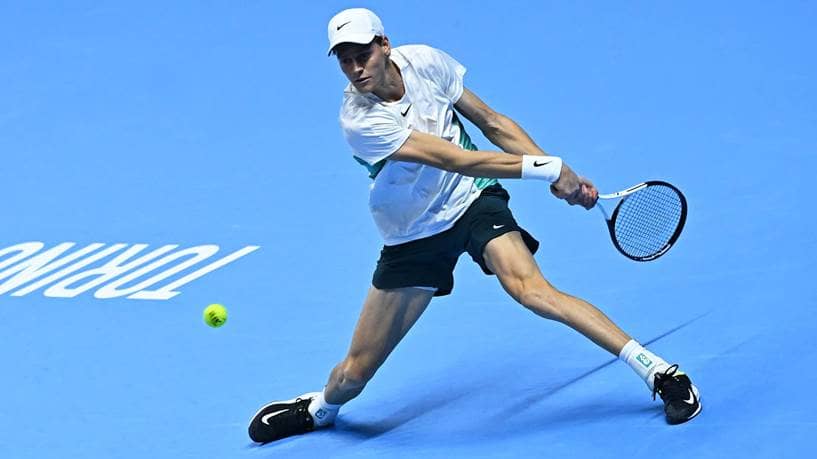
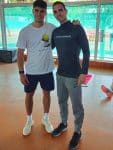

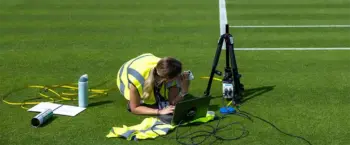
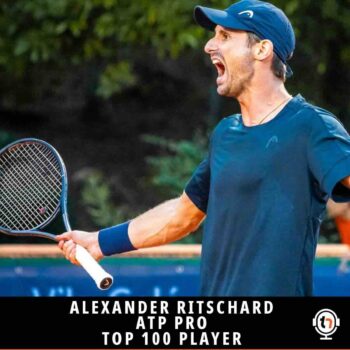
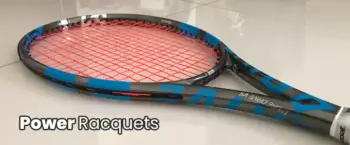
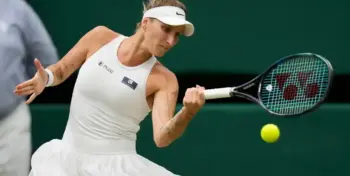
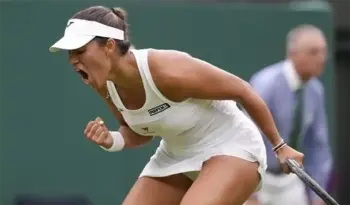
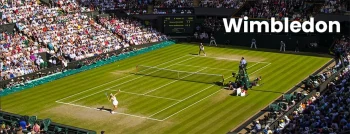




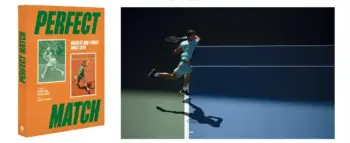


I don’t think Sinner would have any idea what you’re talking about
I don’t think many players think about it in these terms – and almost no good ones
maybe Djokovic in a roughly parallel way